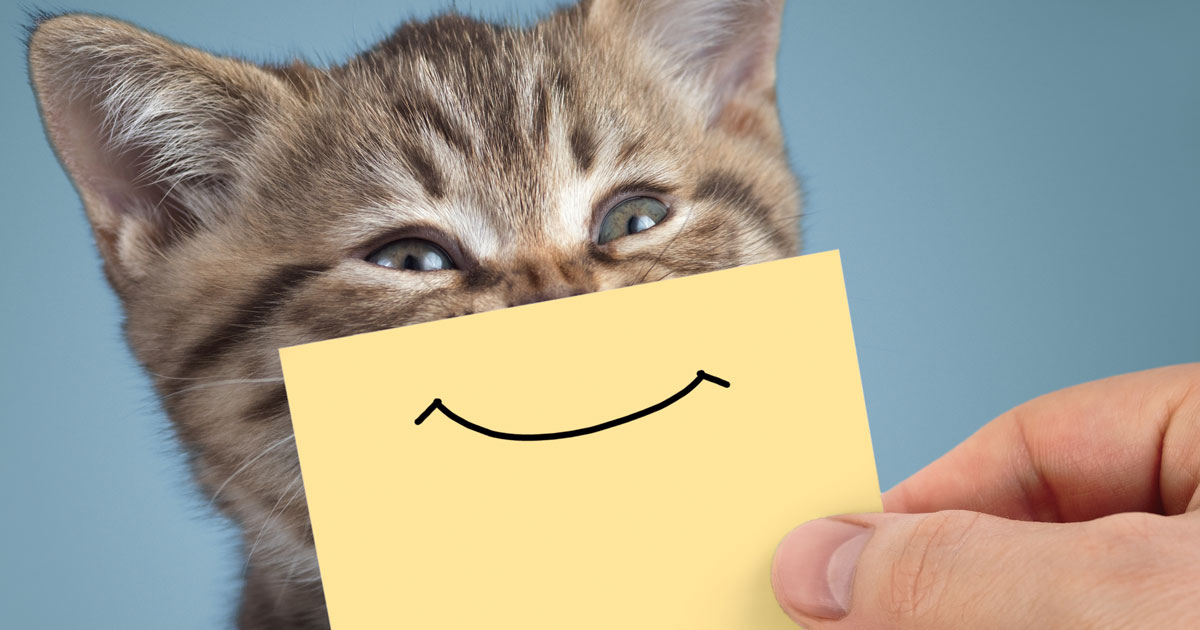The right intentions, a friendly smile, a warm introduction and appropriate touch – four easy ways to help you foster connection with your clients, as described in the previous post.
This part will look at two more common-sense strategies to help you forge fast bonds with your clients and ensure problem-free consults: finding common ground with your client, and using humour to expedite connection.
Common ground
Like it or not, us humans like to belong to a “tribe”. We’re very quick to judge a stranger as “one of us”, or “one of them”.
Hopefully we’re all fighting against our biases, but it’s very likely parts of your subconscious mind is still making snap judgements about those around you, including your clients – and that your clients are making similar judgements about you.
It’s in everyone’s best interest if you’re able to find common ground with your clients, to put you on the same “team”. When a client can relate to you around one or two shared interests, your level of connectedness will instantly jump up a few notches.
Sometimes you’ll get lucky with an obvious commonality – like a shared background, an accent, or a T-shirt from a favourite sports team. Case in point: whenever I hear a Welsh accent in a consult room I point out the fact I lived in Wales for three years earlier in my career and tell them how much I loved it there. This ridiculously small incidental bit of shared history almost always assures that the client in question will insist on only seeing me in future.
Other times you have to dig a little bit by asking a few questions about their work, their children, their hobbies, their holiday… anything you can bond around. And if all else fails, you can be certain you have at least one thing in common – animals, and in particular their animal.
A sincere comment about their pet, or even just the breed of pet, shows you are paying attention and suggests you care. You don’t even have to lie – no need to go on about how lovely little Lucifer is after he’s tried to slash your eyes out; instead, an anecdote about your angry cat, or another patient, or why Lucifer is so angry, or about how hard it must be to get him in his cage at home…
Any shared experience will lubricate the path to connection almost as much as a glass of wine lubricates a social event.
Humour
Here’s another hack straight into the workings of the limbic system of those around you: humour makes people feel good. It buffers stress and increases intimacy by reducing cortisone and adrenaline levels, and increasing the activation of the dopaminergic reward system.
People who are seen as humorous are perceived as more intelligent and trustworthy. Research shows it even makes you appear more attractive.
You may think a visit to an emergency vet clinic is no laughing matter, but even in the midst of a crisis very few situations exist where it’s not possible to find a little bit of humour, even if it is bittersweet.
Besides the obvious comedic gold that surrounds rectal thermometers and the shamelessness of most animals (okay, maybe not cats), humour can be found in just about every situation. Yes, even euthanasias can offer opportunities for an appropriate remark or anecdote – perhaps about the animal when it was younger or a shared memory with enough nostalgic humour to increase the warmth in the situation without detracting from the gravity of the situation.
The jokes will not be lost on your own brain. The same feel-good chemicals that you’re inducing in your clients will be hitting your neurones and improving your own sense of well-being.
Most vets who still love being vets after a decade or more in practice will cite “having fun” at work as one of the most important safeguards against burnout.
- The next post will take a deeper dive into what I think is the most important tool for good client relationships and a happy career in veterinary science: Empathy.

Leave a Reply